The Royal Australian Navy is arguably the most powerful navy in the southern pacific and is the dominant regional power. Since being founded in 1911 it has taken part in nearly all the major conflicts in the 20th and 21st century including both world wars.
Despite being just over 100 years old the R.A.N has established itself as a world class regional naval power able to operate independently or with allies mainly in the Pacific and Indian oceans but also around the world.
In total the current fleet comprises of forty-three active warships. Two Canberra class LHDs along with three Hobart class aegis destroyers, eight Anzac class frigates and six Collins class submarines.
All are providing Australia the assets required to operate along side allies or as its own task group. Other ships in the fleet include mine warfare vessels, Auxiliaries, and offshore patrol craft.
To some people there is still one type of ship missing in the Australian fleet, an aircraft carrier.
Historically the R.A.N has had aircraft carriers in the past, many people will know of the less than event free career of the HMAS Melbourne and how in peace time it became the ship that sank two vessels due to collision.
Could this now change given the current global issues
Consideration was given in the 1980s about replacing HMAS Melbourne with HMS Invincible however the Falklands war ultimately scrapped the plan, and since then no others have been forthcoming.
The Canberra class LHDs are simply just that capable of handling helicopters only despite the ship having a ski jump.
A reason for retaining the ski jump was cost of alteration. It would cost more to delete the ski jump and also re design the front of the ship and re do all the center of buoyancy and gravity calculations that deleting it ultimately was impractical.
Currently the Australian government has no plans to acquire the F35B which would be the only fixed wing aircraft able to operate off the deck. (with the exception of the Harrier).
In order to make the Canberra class capable of operating the F35B significant and costly modification would also be required, although cross decking is an option with other nations.
While based on the Spanish Juan Carlos design the Canberra is more optimized for amphibious warfare, it is also felt that should the R.A.N have considered a small strike group of F35B it would ultimately detract away from the primary mission of the Canberra class.
Overall should the R.A.N opt for a carrier it would likely be more cost effective to go with a pure carrier design and there is no shortages of designs out there.
Hypothetical Options
With the recent implementation of AUKUS it could loosely be summarized that the R.A.N could opt for a derivative of the British Queen Elizabeth class, however this would likely be overly large for the R.A.N and not fit the requirements as well as being a very expensive option.
A more modest alterative would be the Italian navy Cavour class of 30,000tons displacement this would be easier to operate, maintain as well as crew not to mention cheaper overall.
The final option would be a pure carrier form of the Juan Carlos, with the R.A.N already having extensive experience operating this type of vessel it would make logical sense to go for something they already know.
Overall, however in the medium term at least it is unlikely we will see an Australian aircraft carrier be bought into the fleet.
Surface fleet replacement
Plans are in order to replace the eight Anzac class frigates with nine Hunter class frigates based on a modified British type 26 design.
Like the Hobart class Destroyers these frigates will be equipped with the Aegis combat system making the R.A.N main escort fleet completely aegis making the fleet fully interoperable with the USN.
Another plus for this program is despite the cost they will all be built in Australia giving a boost to the Australian job market as well as creating a secure foundation for future programs.
Oddly the new frigates will be larger in both size and displacement than the Hobart class destroyers but have less VLS cells (32 as opposed to 48 in Hobart).
These frigates will be used more in a general-purpose role leaving the Hobart class as the primary air defense asset.
This is not to say the Hunter class will not be capable of conducting such operations indeed they will but unlike the Hobart class they will be equipped with a multi mission bay or space for a second helicopter.
AUKUS and Submarines
With the implementation of AUKUS and the termination of the Naval group contract new opportunities have arisen.
Subsequently the Collins class submarine replacement is a top priority for the R.A.N new options were sought and this time the Australian government has gone for the big-ticket item that being nuclear powered submarines.
There is much speculation as to what form these submarines would take as both the USA and UK operate nuclear submarines and have extensive experience doing so.
It is much speculated that Australia will opt for either an Astute class derivative or a Virginia class derivative and some even speculate a hybrid of the two.
Currently the last build of Astute class HMS Agincourt is due to commission in 2026 making the project build by then 25 years old.
Therefore, it could be unlikely that the Astute would be considered due to the age of the design and also that the follow-on submarines of SSN(R) will be in the late stage of research and development if not in build by the time Australia is ready.
The Virginia class is well established and currently building block IV and V versions therefore, it is to be inbuild well into the 2030s.
However again the age of design is in excess of 25 years old and comes in various forms, also the later block variants are unlikely to meet the requirements for the R.A.N.
In essence Australia wishes to be able to build its submarines in Australia and for this reason it is conceivable that a completely new design based on the requirements of the R.A.N would be the logical choice.
Australia plans to build new facilities and infrastructure to support the build of nuclear-powered submarines, this alone is an expensive investment.
However in the long term the dividend will likely pay off as it will ultimately give Australia capability to design, build and operate its own submarines without the need for major outside assistance.
The Downside and options
The downside to this is that planning of the facilities and infrastructure as well as building it all will take time.
With the Collins class coming closer each year to retirement it will mean that Australia has a major choice to make.
There are options for extending the service life of the Collins class which given the major investment required for their replacement seems to be the cheapest option.
Other options include leasing some American submarines that are coming close to retirement but still have life left in them.
The second option would certainly give Australia the pre knowledge base and experience on how to operate and employ this new type of vessel as it awaits the arrival of new submarines.
Its downside is the submarines will be older and require refitting in the USA to meet Australian requirements and likely not fully meet R.A.N requirements even after a refit.
The current plan and hypothetical option
Eight submarines are envisaged however it is felt that this maybe too ambitious to complete given the lack of capability of building a nuclear-powered submarine and also the long build times of each platform.
A more suitable number would be around six nuclear powered submarines given the current issues with recruitment in Australia and overall cost of the program.
Another option is to operate a mixed fleet of conventional and nuclear-powered submarines to meet the initial twelve-vessel plan that was originally conceived with Naval Group.
It would ultimately boil down to the cost of building, operating and maintaining two types of submarine as well as the different skill sets of all involved including the crew.
Conclusion
The R.A.N has some way to go to replace its fleet, it is clear there will be tough times ahead and there maybe changes along the way specifically with submarines. But for the medium term at least Australia is unlikely to alter course from its base line objectives.
Hunter class frigates are now very close to being in build with the first HMAS Hunter due to be laid down in the later part of 2022. It is unlikely this project will change in any way from the current timelines, plans or project projections.
There are also clear statements from Canberra that there are no plans to acquire the F35B aircraft nor implement a carrier program. Moreover, there is no plan to refit the Canberra class LHDs to operate them.
AUKUS is currently in its embryonic state and there will likely be amendments and changes in the program to build nuclear-powered submarines at least in the short term.
Given the huge cost of the program and recent change in government there is likely to be a new look at the nuclear-powered submarine question and in this we may see some revisions, but there is unlikely to be any change regarding the acquisition of nuclear-powered submarines.
Australia has set out and defined its vision for the future of the R.A.N.
A vision where it maintains and builds upon its current regional dominance status as well as integrating more closely with its allies specifically the USN and RN.
Currently with issues arising between Australia and China the future R.A.N fleet looks promising and given time the future of the Australian defense industries looks secure.
Disclaimer
This article is an opinion piece based on publicly available information, this article is not the views or opinions of the Government of Australia or the Royal Australian Navy.

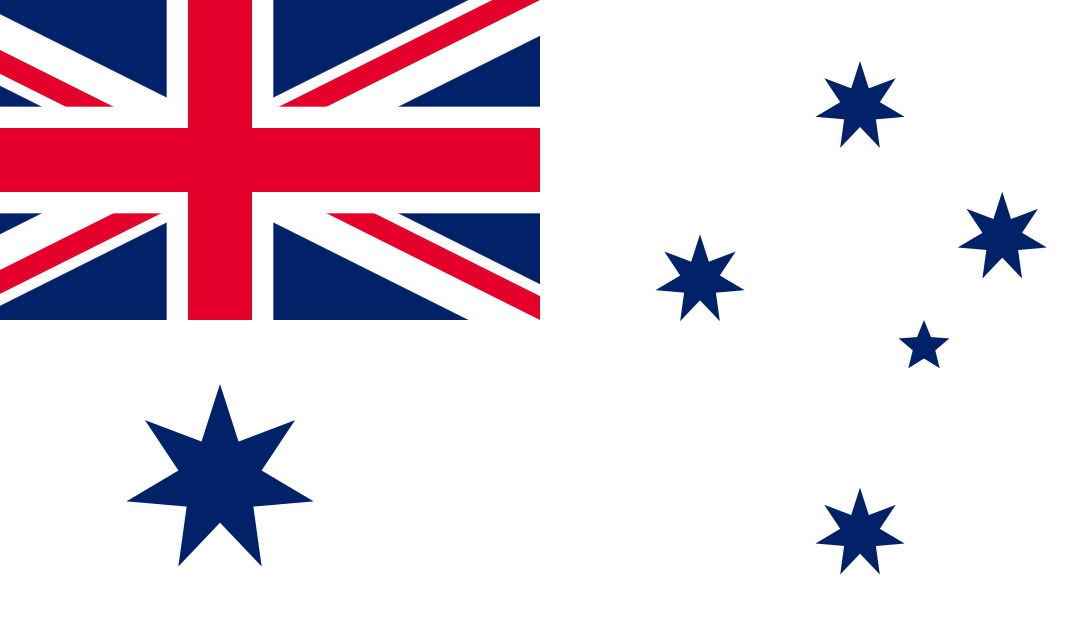
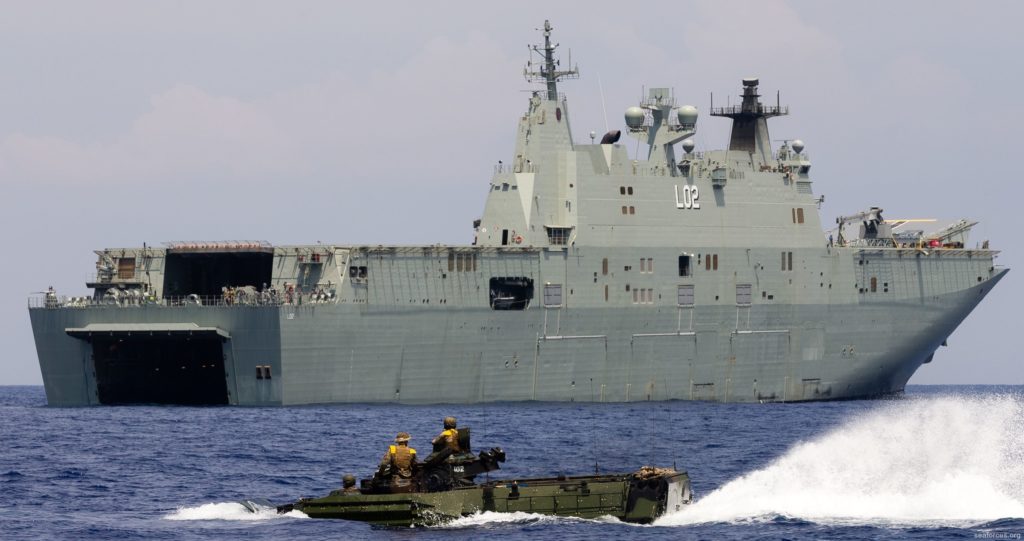
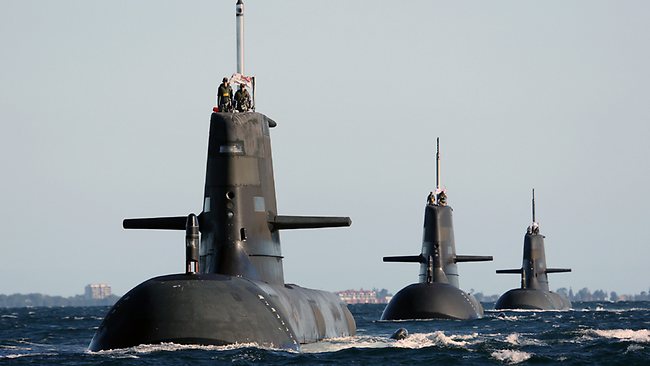
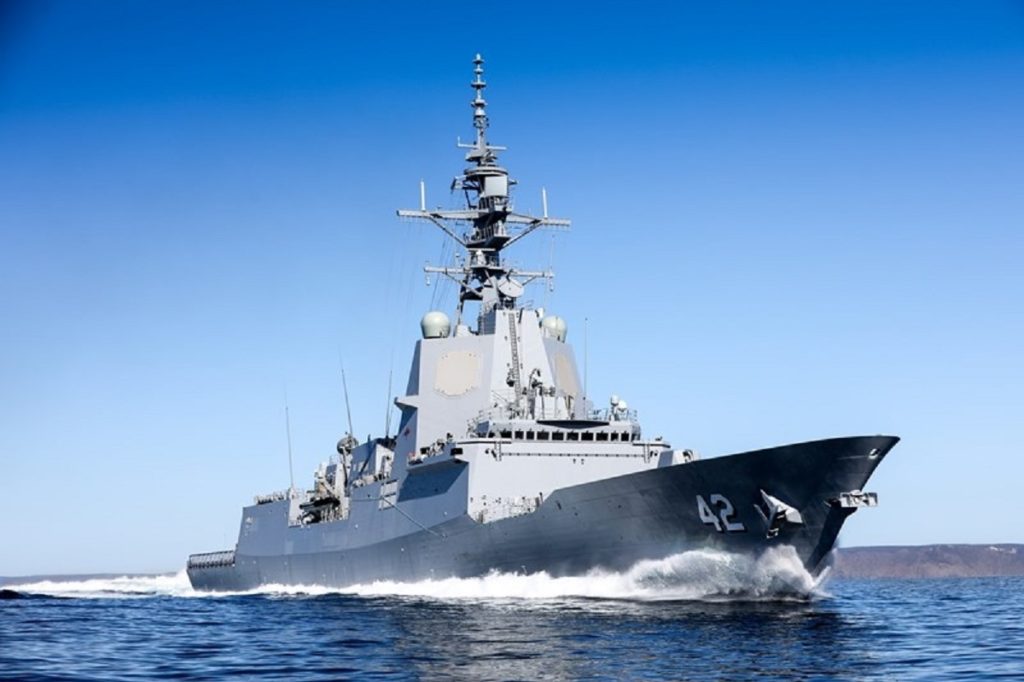
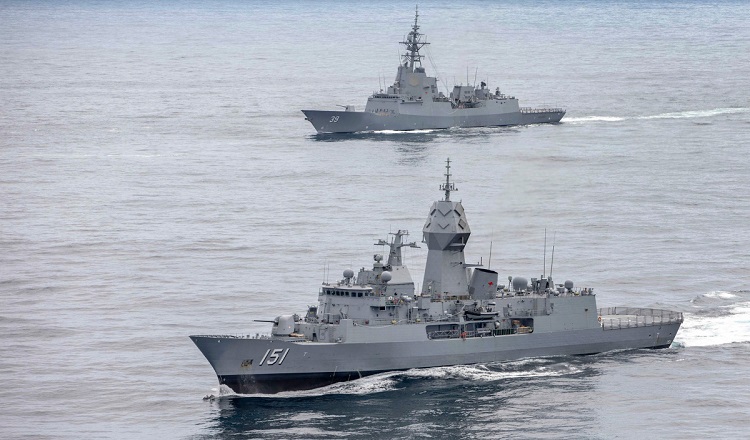
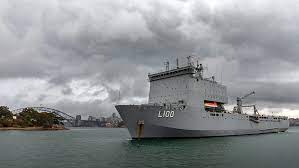
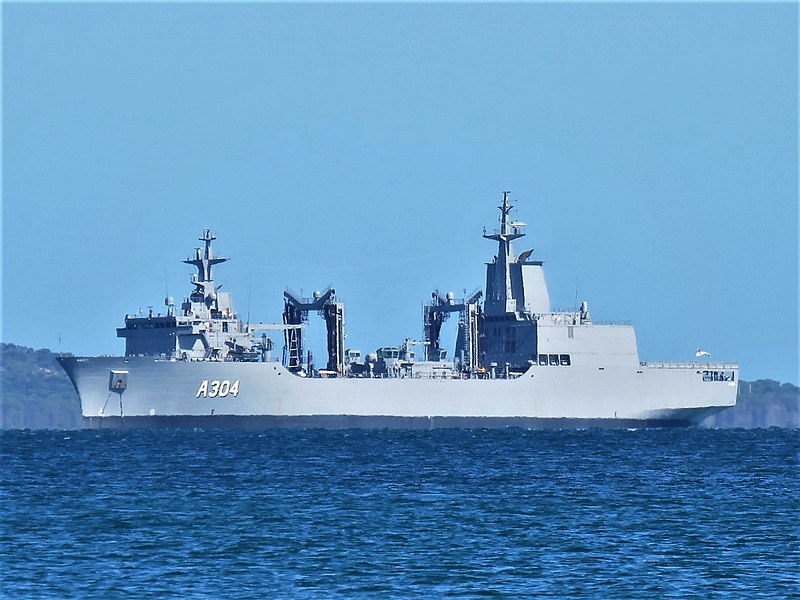
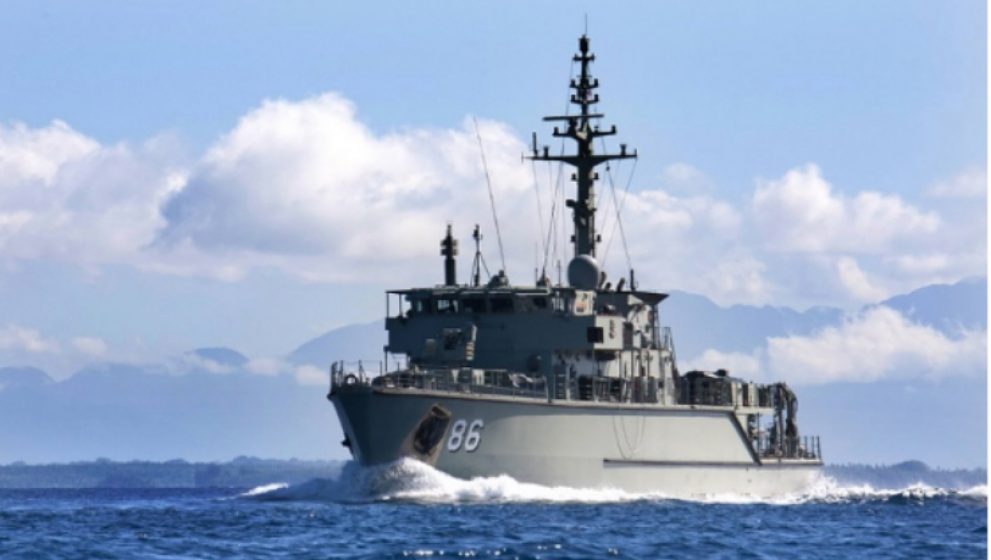
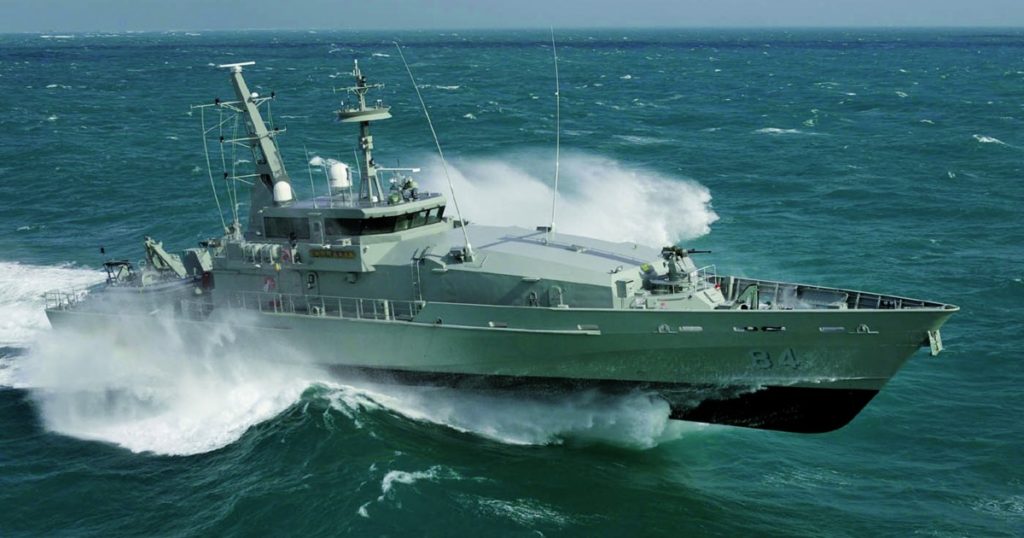
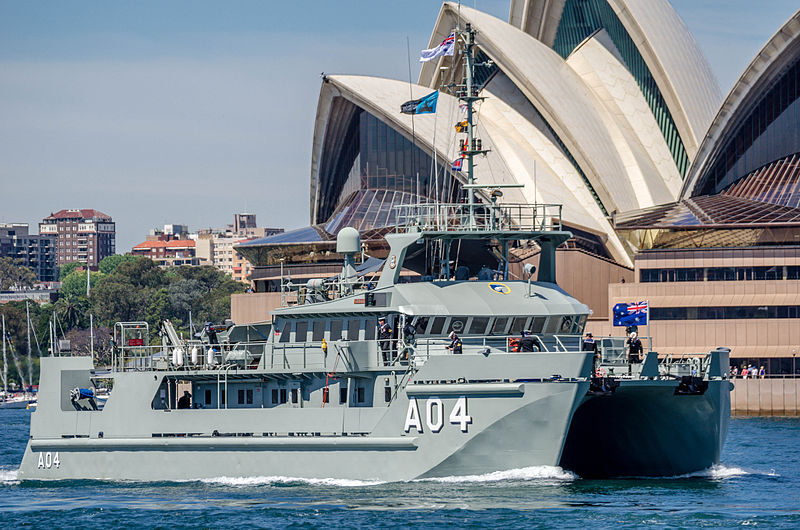
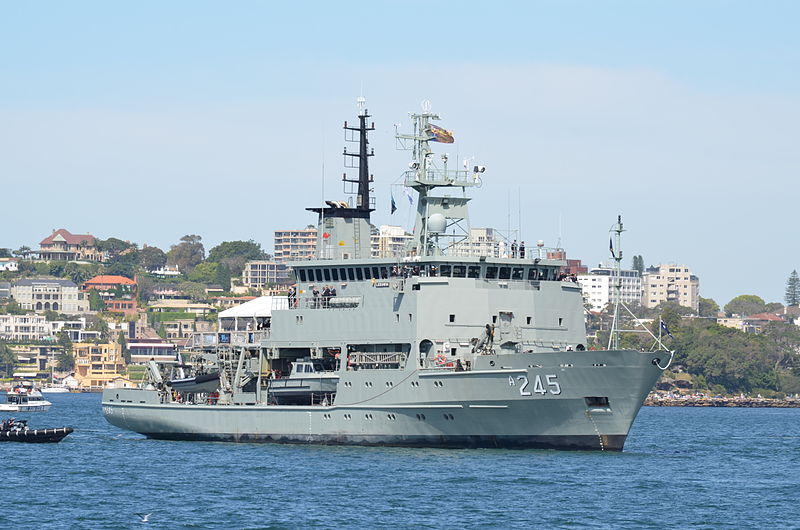
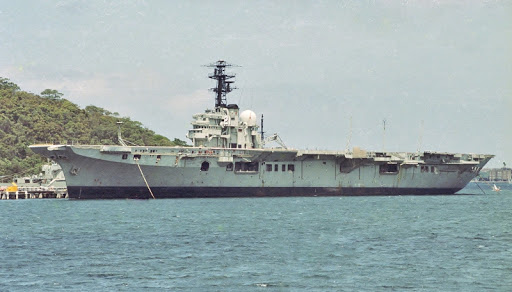
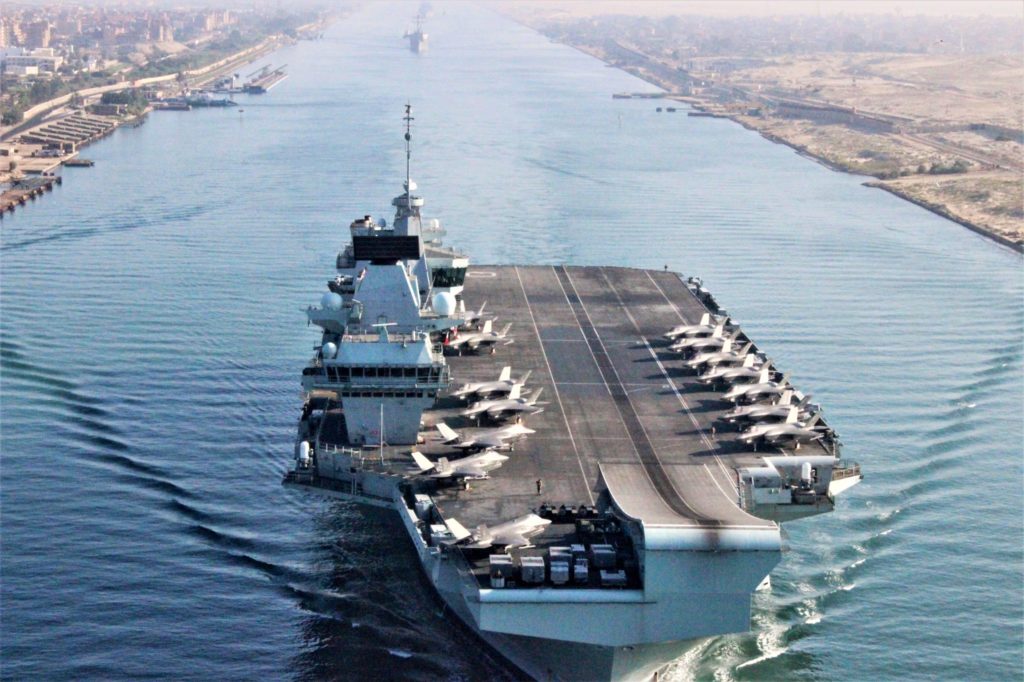
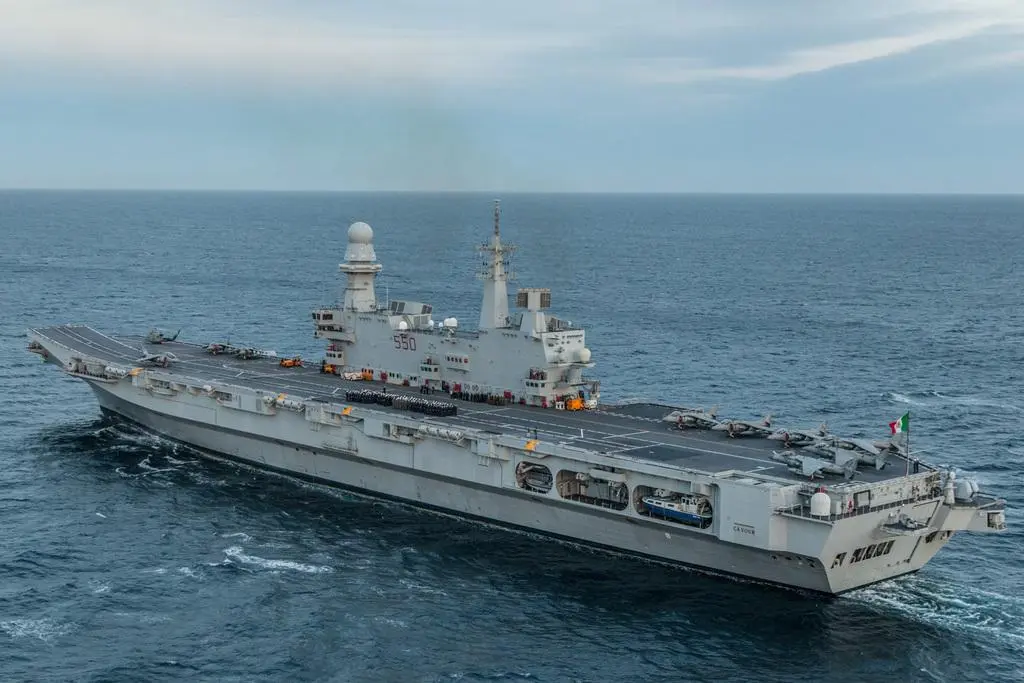
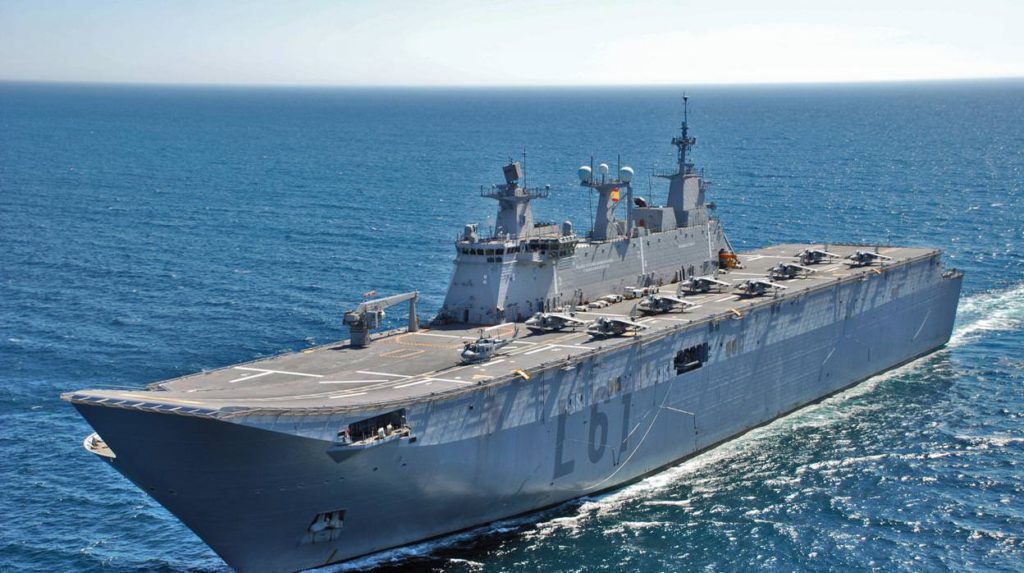
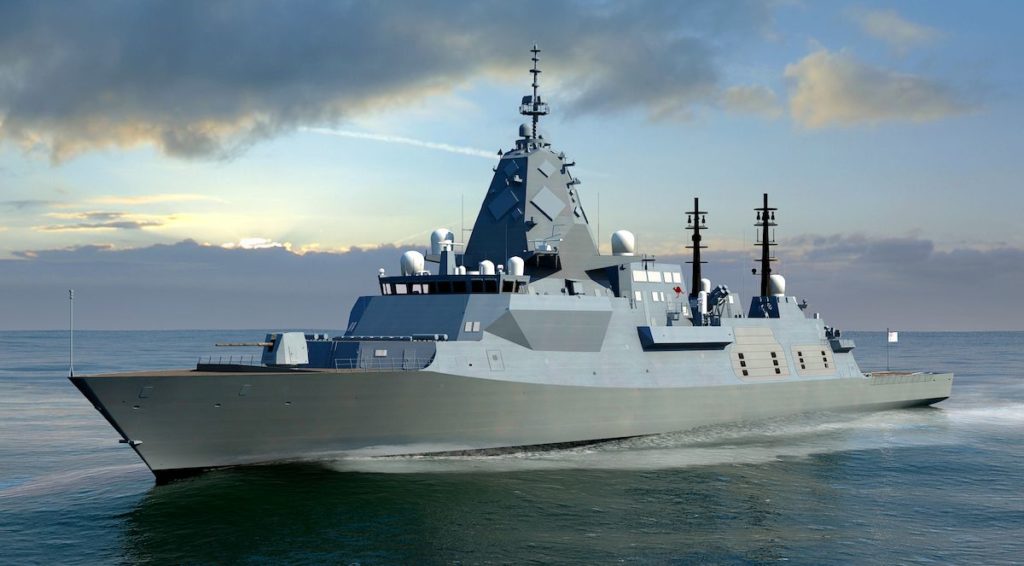
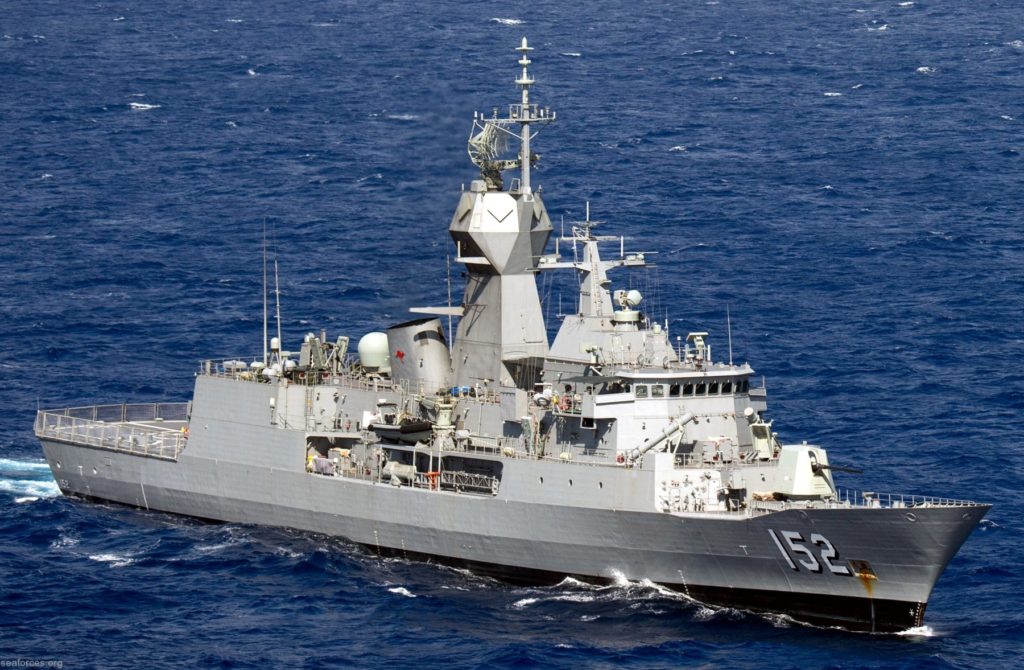
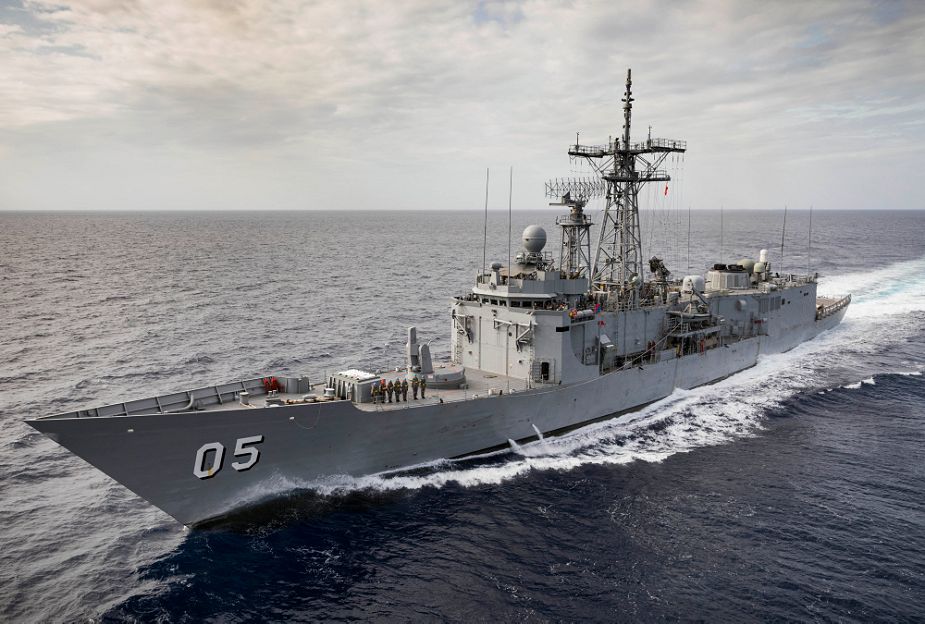
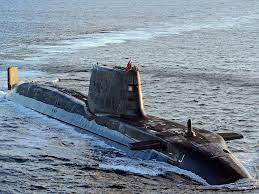
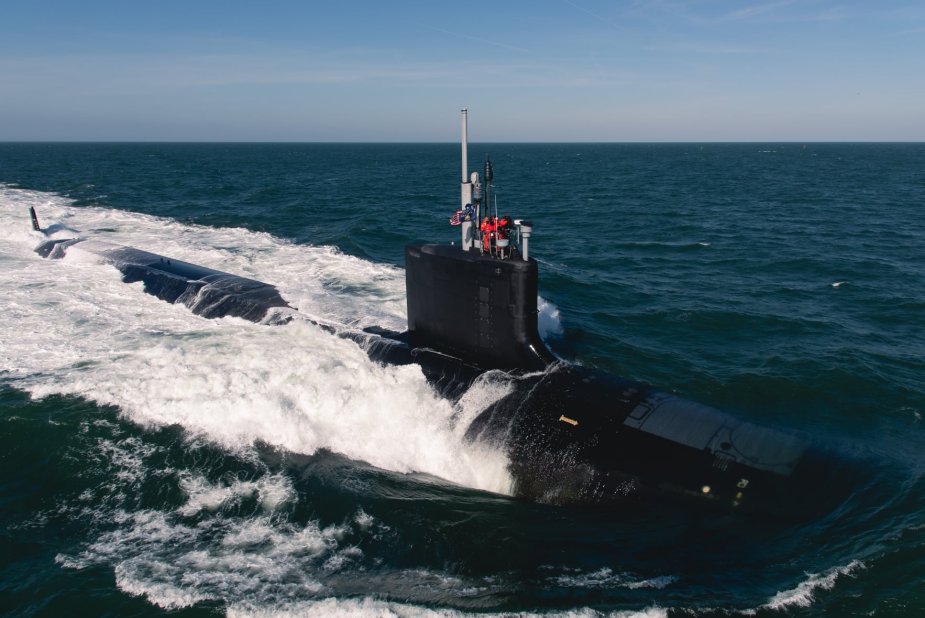

Trackbacks/Pingbacks